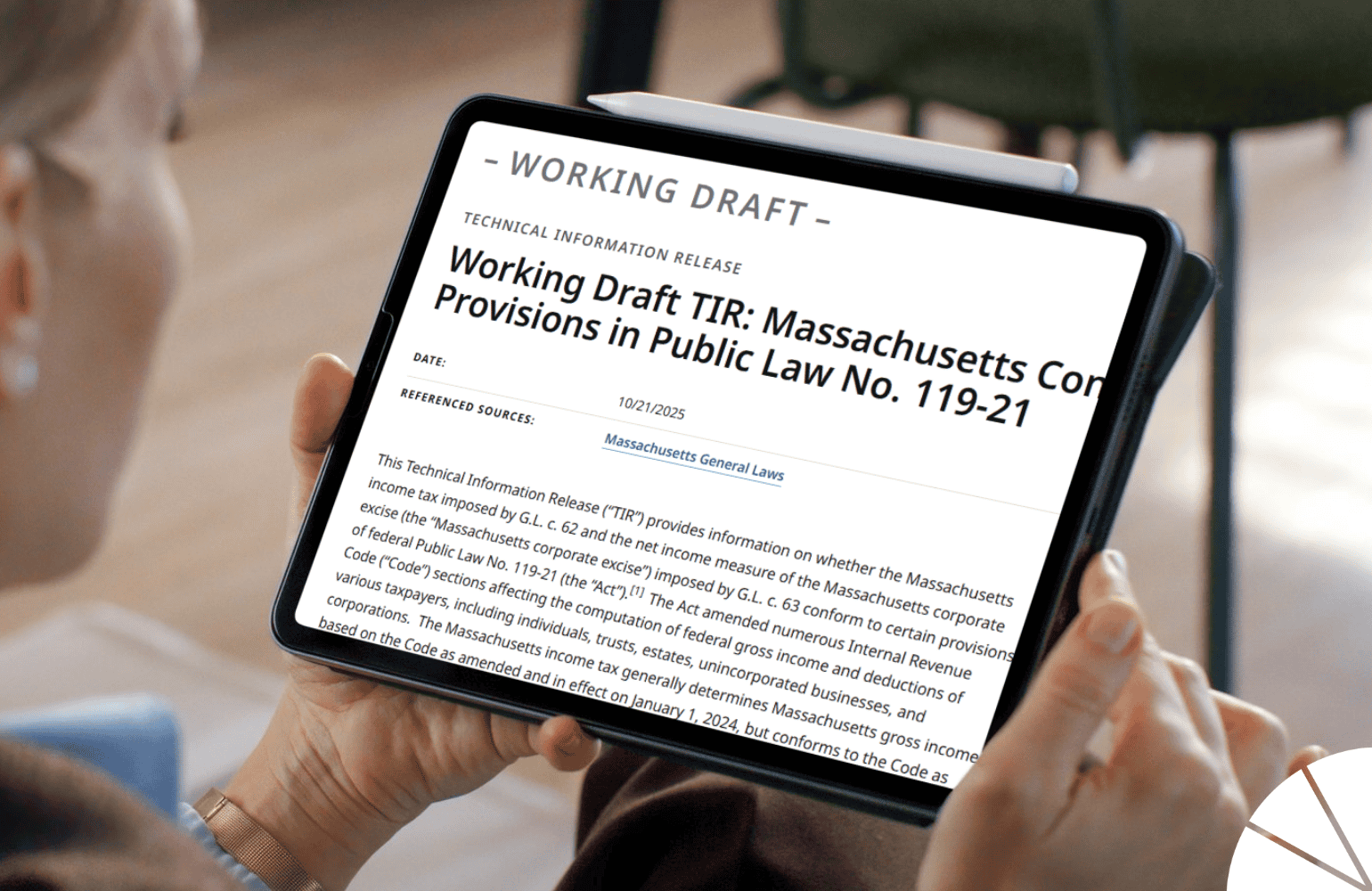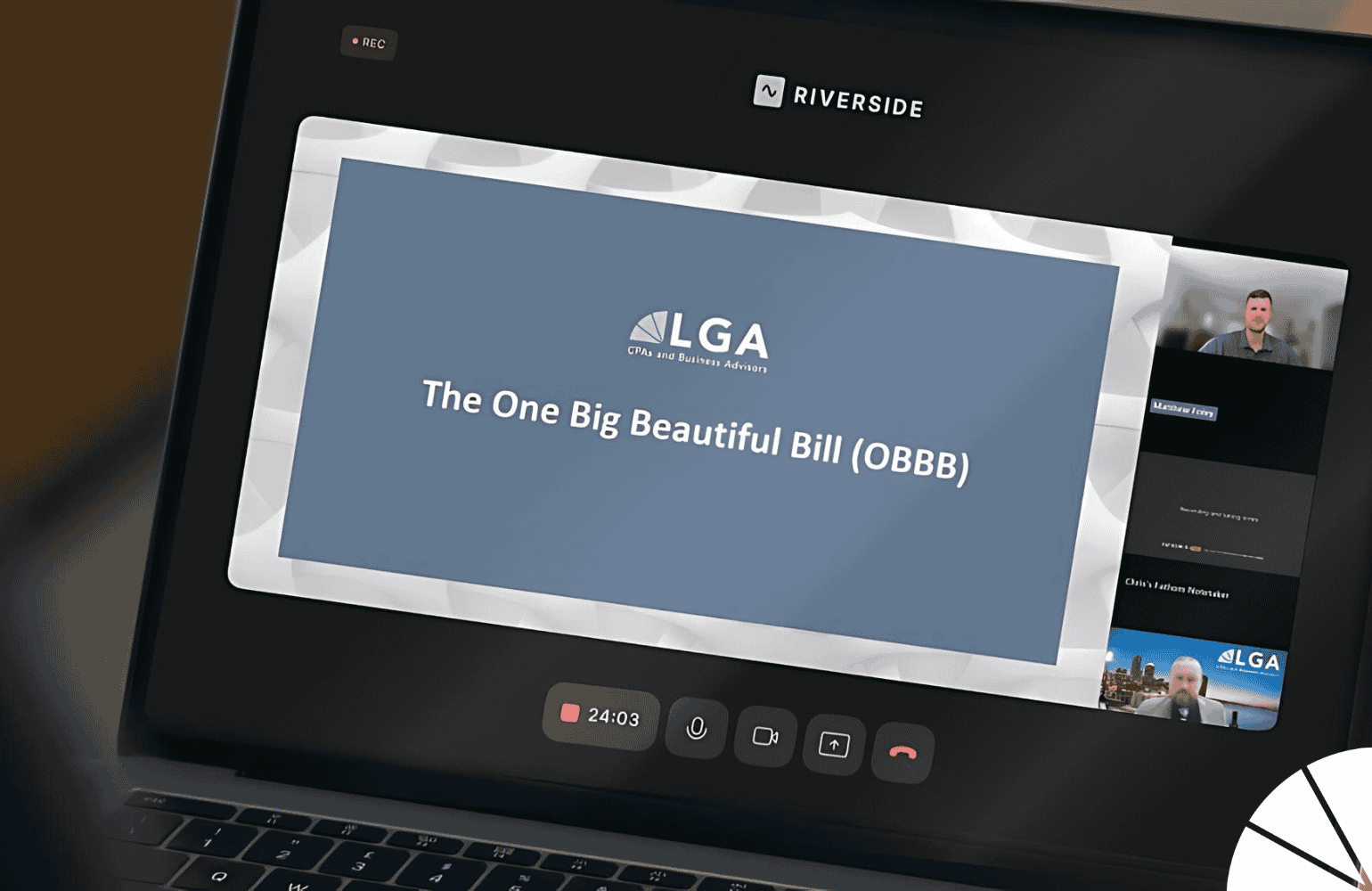
I once worked with a company that had been doing its budgeting in-house and not doing it well. They were working with numbers that had no basis in reality. They had no clear and accurate expectations for what their margins or monthly spending should be in various areas of the business, so they could not compare how well they were actually performing against any concrete benchmarks. They were essentially operating on wishful thinking instead of doing real strategic planning.
In our capacity providing fractional CFO services, we went in the next year and started from scratch. We looked at where they wanted to be in terms of revenue and profitability and built an analytical budget that told them what they had room to spend on operational and overhead costs to achieve their profitability target at their established revenue level. There was still a substantial gap between what their recent trends suggested they would make and where they wanted to be. So, we generated a list of seven or eight specific things they could do to improve their margins while still being able to keep their team intact and issue competitive raises. By the following year, this client had directly addressed a handful of those items, improving gross margins by 3-4 percent – translating to nearly a million dollars in net income improvement.
They were able to establish goals and build strategies to achieve them because they finally had a realistic budget and guidance from someone who could tell them where they had been missing opportunities. It is just one of countless examples illustrating the strategic value of budgeting.
Budgeting Has Strategic Value For Every Business
I have worked with clients in the past who “don’t believe” in budgeting, but these businesses are fortunately (and unsurprisingly) rare. In my opinion, the budgeting process is applicable to any company of any size in any industry. It may look different from company to company, but the fundamental value of budgeting is always the same.
Budgeting gives business leaders a mechanism for setting expectations for revenue and spending so they can assess business performance from month to month and make adjustments when numbers are trending in the wrong direction. Picture wandering through a forest at night, trying to head north. Having a thorough, analytical budget to track your business performance against is like checking a compass every few minutes to make sure you’re still moving in the right direction.
What Does Your Annual Budgeting Process Look Like?
You know your business needs a budgeting process but might be less sure what that actually entails. The reality is that the process is unique to each organization. I have seen companies manage budgeting in a variety of ways with mixed results.
First, let’s talk about some basic strategies for building the annual budget. This process typically starts in the fourth quarter of the year, though in some cases, the budget may not be finalized until year-end, or even into mid-January. Here’s a look at three distinct ways businesses can approach the creation of the annual budget:
- Bottoms-up: This strategy starts with consulting various department leaders and other decision-makers to find out what they think they’re going to produce (revenue) and what they think they’re going to need (expense) for the year ahead. The drawbacks of this method are that it is time-consuming, and people are likely to pad their numbers, asking for more money than they truly need for operational purposes, or at least more money than the business can afford.
- Top-down: Company leadership sets overall budget expectations for the year. They then work backward to figure out how to divvy everything up in a way that supports their revenue and spending goals. This can feel controlling, making department owners feel they don’t have a say in the process.
- Hybrid: I generally find this approach to be most effective when I work with companies on budgeting. We set budget expectations for the year based on factors including recent trajectory, what company leaders think is coming in the future, what the company wants to do with hiring and raises in the coming year, and so on. We then “socialize” the budget plans within the organization to inform them of the general parameters for spending and provide them the opportunity to weigh in. For example, we might determine that the marketing department has $X to spend for the year. If the head of marketing feels that they actually need $Y, they can present their case for what value they can create with that extra money. Tweaks are made to the budget as those kinds of conversations and negotiations unfold, always ensuring that leadership’s overall financial goals are intact.
Forecasting vs. Budgeting: Two Distinct and Important Analyses
Some businesses create an annual budget and then compare it against that static budget throughout the year, comparing their month-to-month and year-to-date performance against the same budgeted periods. This approach often gets stale by the time a business is midway through the year, as industry and broader market conditions change, and plans and expectations need to be re-assessed. Comparing performance in February to the numbers you came up with in December might be fine. But by mid-year, those numbers may lose currency or even become totally irrelevant.
Instead, I advocate incorporating a rolling forecast component into the broader budgeting process. Once the annual budget is locked down and the year gets underway, we refresh the forecast every month (with the initial budget as the starting point) with the actual results for the months that have closed and updated projections for the remaining months. We still maintain the original budget as a static comparison point throughout the year, but the rolling forecast is an additional – and more current – measure based on the latest information. It forces management to think about what is happening with the company’s performance in the present and implement strategies to get the financial performance back on track or to maintain positive performance if the business is meeting or exceeding its original plans.
I know some business leaders feel like creating an annual budget and re-forecasting every month is overkill. I would argue that the value of having that second, current comparison point to measure performance against greatly outweighs the minimal effort of refreshing the monthly forecast. For clients who have me run their monthly forecasting meeting as part of the fractional CFO role, it also provides a perfect opportunity for dialogue on the reasons for the performance and adjustments that can/should be made to achieve or exceed bottom line goals.
Contact LGA to Improve Strategic Planning Through a Better Budgeting Process
LGA’s Fractional CFO practice can provide whatever kind of support your organization needs with annual budgeting, forecasting, general strategic planning, as well as in a variety of executive level financial capacities. Whether you want to build a new budget from scratch, build multi-year financial projections, or just want someone to help you understand what your business’s numbers are telling you and provide strategies for improving performance, we’re here to help in whatever capacity you need. If I can answer any questions, feel free to contact me today.






